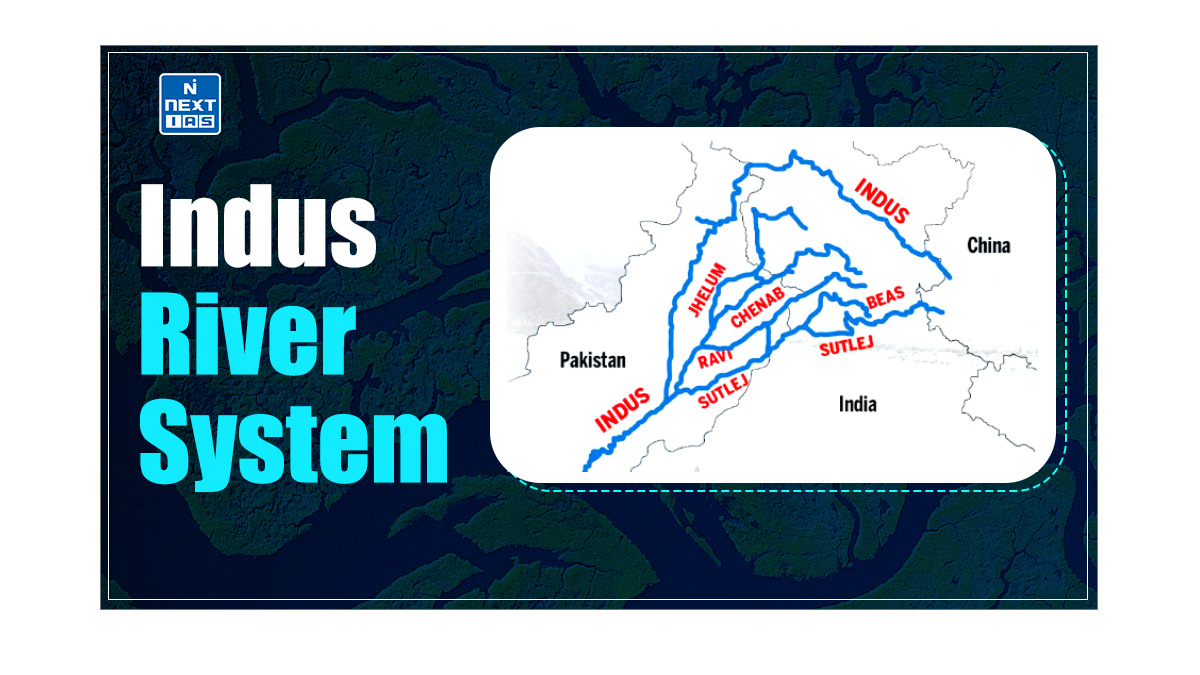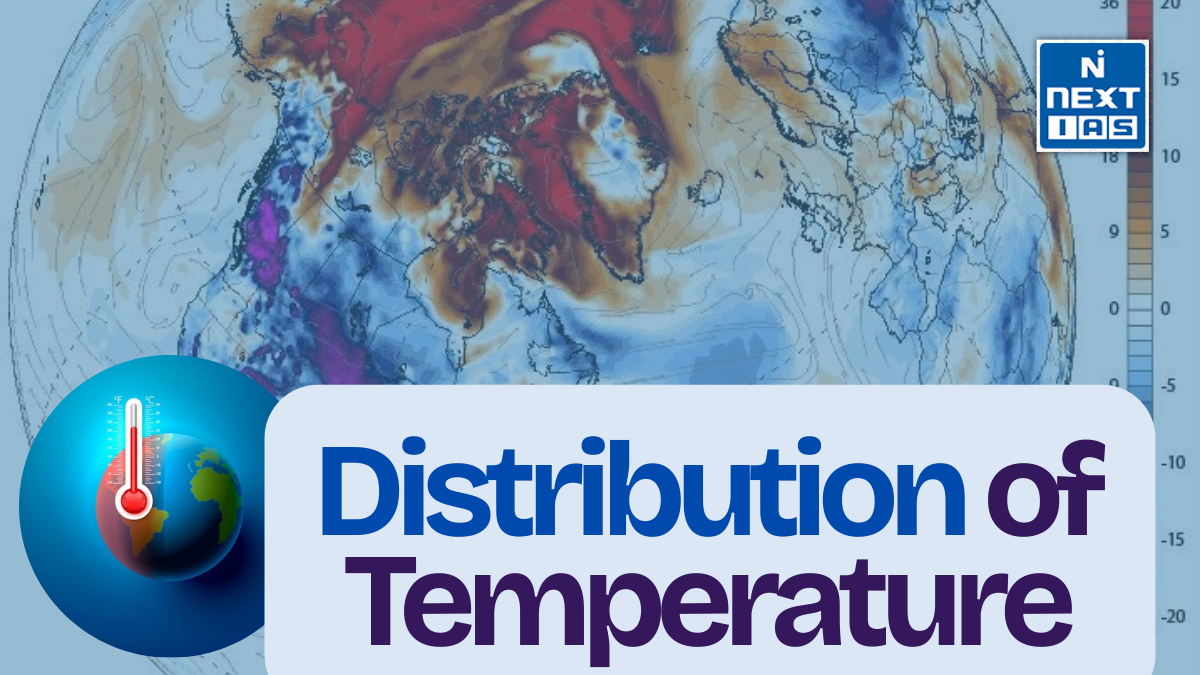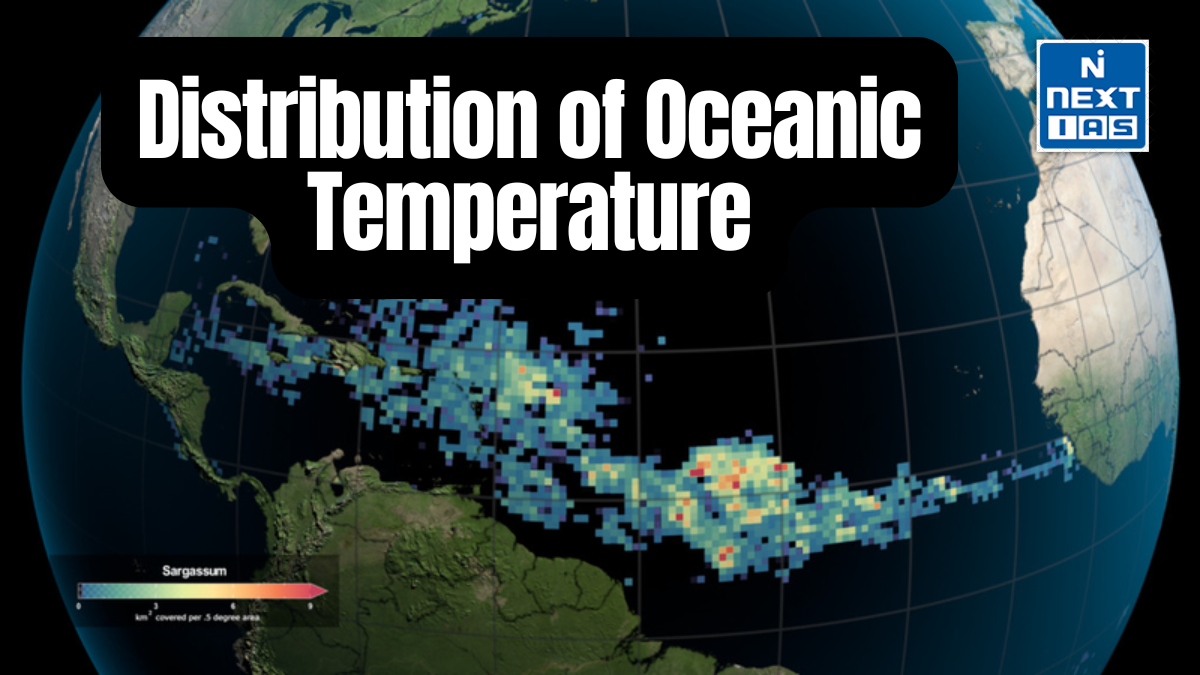
India, with its diverse agro-climatic zones and rich agricultural heritage, is home to a wide range of food and non-food crops. The country’s agricultural landscape is shaped by varying soil types, climatic conditions, and traditional cultivation practices, resulting in the growth of crops that sustain millions of livelihoods. This article aims to study in detail the major crops grown in India, delving into their significance, cultivation practices, and regional distribution.
About Major Crops in India
- Various food and non-food crops are grown in different parts of the country depending upon the variations in soil, climate, and cultivation practices.
- Major crops grown in India are rice, wheat, millet, pulses, tea, coffee, sugarcane, oil seeds, cotton, jute, etc.
Rice
- Rice is the staple food crop of most people in India.
- India is the second-largest rice producer in the world after China and the largest exporter of rice globally.
- Rice is a Kharif crop that requires temperatures above 25°C, high humidity, and annual rainfall above 100 cm.
- In areas with less rainfall, rice is grown with the help of irrigation.
- It is preferred as a staple food in Southern and North-Eastern India and is also gaining popularity in the North-Western Plain.
- Rice-growing areas are well suited for Mixed farming (Crops + Livestock).
- Unpolished rice has high nutritional value, being rich in Vitamins A, B, and Calcium, while Polished rice lacks these vitamins.
Read our detailed article on the Rice.
Wheat
- Wheat is the second most important staple food for the Indian population. It is a rich source of Calcium, Thiamine, Riboflavin, and Iron.
- Wheat is the preferred staple food in the northern and north-western parts of the country.
- It is a temperate crop that requires a cool climate with moderate rainfall.
- Although it is highly adaptable and can be grown in the tropics, yields are generally lower in tropical regions.
- Wheat is a Rabi crop (winter crop) that requires a cool and less moist climate.
Read our detailed article on the Wheat.
Maize
- Maize, often known as Indian corn, is globally recognised as the queen of cereals due to its high genetic yield potential among cereals.
- In India, maize is the third most important food crop after rice and wheat. It serves as both food and fodder.
- Beyond being a staple food for humans and quality animal feed, maize is a key raw material for various industrial products.
- These include starch, oil, protein, alcoholic beverages, and food sweeteners, and they are used in the pharmaceuticals, cosmetics, film, textiles, gum, packaging, and paper industries.
Read our detailed article on the Maize.
Cotton
- India is the only country in the world that cultivates all four species of cotton.
- These species are Gossypium arboreum (Asian Cotton), Gossypium herbaceum (Asian Cotton), Gossypium barbadense (Egyptian Cotton), and Gossypium hirsutum (American Upland Cotton).
- Cotton is a crucial fibre crop, and its seeds are used in the vanaspati industry and as fodder for milch cattle.
Read our detailed article on the Cotton.
Jute
- Jute is India’s second-most important fibre crop after cotton. It is used for manufacturing gunny bags, ropes, carpets, rugs, tarpaulins, and more.
- There is great demand for jute due to its low price, softness, and strength.
- However, introducing synthetic alternatives has led to declining demand for jute.
- Jute is generally sown in February and harvested in October (the crop takes 8-10 months to mature).
- Alluvial soils (light sandy or clayey barns) are best for jute cultivation. Like cotton, jute also rapidly exhausts the fertility of the soil, making it necessary to replenish the soil annually with silt-laden flood water from rivers.
| States | Position | Factors |
| West Bengal | First (81% of India’s jute production) | Enough jute mills are located in the Hugli basin. Hot and humid climate.Alluvial, loamy soil. Cheap, abundant labour. |
| Bihar | Second (8.67%) | |
| Assam | Third (7.78%) |
Read our detailed article on the Jute.
Sugarcane
- Sugarcane has the largest production value among all commercial crops in India.
- It is the preferred choice for farmers wherever geographical conditions favour its growth.
- Sugarcane is indigenous to India and belongs to the bamboo family. Thickened sugarcane juice is used to make sugar, gur (jaggery), and khan sari.
- Two-thirds of the sugarcane produced in India is used for making jaggery and khan sari, while the remainder is processed in sugar factories.
- Byproducts of the sugar industry include molasses, bagasse, and pressmud.
- Molasses is a key raw material for manufacturing alcohol (ethanol) and is an efficient substitute for certain petroleum products.
Read our detailed article on the Sugarcane.
Tobacco
- The Portuguese introduced tobacco to India in 1508. It is primarily used for smoking and manufacturing insecticides and provides high returns.
- Tobacco is one of the most economically significant agricultural crops globally. It is drought-tolerant, hardy, and a short-duration crop that can be cultivated on soils where other crops may not thrive profitably.
- In India, tobacco is grown on 0.45 million hectares (0.27% of the net cultivated area), producing about 750 million kg of tobacco leaf.
- India ranks as the second-largest producer and exporter of tobacco, following China and Brazil respectively.
Read our detailed article on the Tobacco.
Millets
- Millets are short-duration (3-4 months), small-grained, warm-weather cereals from the grass family.
- They are cultivated in less fertile areas and are highly drought-tolerant and resilient to extreme weather conditions.
- Requiring minimal or no purchased inputs, they are essential for dryland agriculture.
- Millets are highly nutritious, non-glutinous, and non-acid-forming.
- They offer numerous nutraceutical and health-promoting benefits, especially due to their high fibre content, and provide a crucial food source for economically disadvantaged populations.
Read our detailed article on the Millets in India.
Pulses
- Pulses are the edible seeds of plants in the legume family. They grow in pods and come in various shapes, sizes, and colours.
- The United Nations Food and Agriculture Organization (FAO) recognises 11 types of pulses, including dry beans, dry broad beans, dry peas, chickpeas, cow peas, pigeon peas, lentils, Bambara beans, vetches, and lupins.
- Pulses are an important source of protein for a large portion of the global population. Their nitrogen-fixing properties contribute to healthy soils and climate change mitigation.
- India is the largest producer (25% of global production), consumer (27% of world consumption), and importer (14%) of pulses in the world.
Read our detailed article on the Pulses in India.
Challenges in Indian Agriculture
The challenges faced by Indian Agriculture are as follows:
- Stagnation in Indian Agriculture – A national survey shows that nearly 40% of farmers want to give up farming if an option is available. The reason is obviously low profit.
- Today, India’s yield for almost all crops are stagnant and lower than other countries.
- Indian wheat yield is closer to 30 quintal/ha, while that of major wheat-producing countries is 60 quintal/ha. Pulse production is around 15.5 million tonnes.
- At 7.44 quintal/ha, our yield is way below the best producer producing close to 18 quintal/ha.
- Indian rate of growth of rice production is least in Asia, even lower than Pakistan, Myanmar and Sri Lanka.
- Increase in Small and Marginal Land Holding – The Indian economy is predominately rural and agriculture-oriented.
- Per capita, the availability of land in India has declined.
- More than 67% of farmers own less than 1 hectare of land, while another 18% own 1-2 hectares of land.
- This put the population of small and marginal farmers at about 86% of total with average land holding of less than 1.1 hectare.
- Such meagre land holdings by the vast majority of farmers are neither viable nor sustainable for a country with billion-plus mouths to feed.
- The declining trend in the average size of farm holding also poses a serious problem.
- Hunger and Poverty – Our food grain production is now well over 250 million tonnes however, we have faced double-digit inflation in the case of food items.
- There is an extremely high prevalence of hunger and malnutrition. At some places, the poorest families are eating on alternate days.
- As we are celebrating 75th year of independence, the rampant malnutrition, anaemic mothers, and stunted children indicate our failure to feed the empty stomachs.
- Concern Worldwide and Welthungerhilfe have placed India at 101st position out of 116 countries in the Global Hunger Index 2021. India scored 27.5 in the Index, which shows that India has a serious level of hunger.
- India ranked below all other South Asian countries except Afghanistan. African countries such as Kenya, Gambia, Cameroon, and Sudan fared better than India.
- India has more states under alarming to extremely alarming categories, with Bihar being the worst affected.
- Food Wastage – Every year in India, it has been estimated that about Rs 92,000 crores worth over 67 million tonnes of food is wasted. Much of the food grains get spoiled at the godowns of the Food Corporation of India (FCI) itself.
- The ratio of calories and other nutrients in daily food is much below than minimum necessary for their survival.
- Climate Change – The threat of climate change looms large over Indian agriculture. This is due to global warming.
- A 1°C increase in temperature will reduce the duration of wheat and rice in north and western India by a week.
- This will result in a reduction of rice yield by 4 to 5 quintals per hectare.
- Day and night high temperatures are having an adverse effect on the tillering of wheat plants.
- In northern parts, in December, the night temperature continues to be 7°C-8°C and day temperature is hovering about 20°C in the country.
- Beside affecting productivity, climate change will result in the emergence of new insect pests, shifting the range of various species, decline in milk production and increased susceptibility to various diseases.
- A 1°C increase in temperature will reduce the duration of wheat and rice in north and western India by a week.
- Dry Land Agriculture – Dry land is home to more than 450 million farming people.
- It contributes 42% of total food grains, especially coarse grains, 75% of pulses and oilseed and 40% of wheat.
- Climate change would expand dry land by 11%.
- Dry land is characterised by a low fertility level, low productivity, frequent crop failure, uneven and ultimately rainfall, extensive holding, prolonged dry spells, and low moisture retention capacity.
- Agro-Infrastructure – We still lack the desired infrastructure for providing irrigation to the cultivable area, technology for soil and moisture conservation, infrastructure for storing perishable products, road connectivity for bringing perishable products in the market, and chain of cold storage at the village level and small scale industries for value addition and water harvesting structures for water conservation.
| Risks In Agriculture And Suggested Measures | |||
| Type of Risk | Causes | Reasons for Severity | Suggested measures |
| Production Risks | Pest attack, crop diseases and short type inputs like seeds, irrigation etc. | Low productivity declining yield. | Pest and diseases resistant seeds eg Bt. cotton, the free and fair market for inputs, set and enforce standards for quality seeds. |
| Weather and Disaster related risk | High share of rainfed agriculture, low irrigation coverage, drought, flooding, hailstorms and unseasonal rains. | Production loss lower than potential production. | Increase the share of irrigated agriculture (Pradhan Mantri Krishi Sinchai Yojana), Restore and expand irrigation, Adoption of outcome measures of performance such as water management. |
| Price risks | Lower than remunerative price. | Absence of marketing infrastructure, Presence of and excessive profiteering by middlemen. | Build marketing infrastructure along the value chain, Government steps like GRAMs and eNAM. |
| Credit Risks | The predominance of informal sources of credit, moneylenders. | The absence of stable incomes/profits lead to a default on loans/indebtedness. | Increase the availability of formal credit and institutional credit to farmers (Kisan Credit Card). |
| Market Risk | Change in demand/supply domestic and International. | Loses market share. | Allow long-term contracts to be purchased at a predetermined price. e.g. contract farming and farmer producers organisation. |
| Policy Risks | Uncertain Policies, Regulations. | Impact of Government policies, APMC Act and other regulations. | Trade or policy change to be announced well before sowing and to stay till arrivals and procurement are over, Implement model APMC Act. |
Conclusion
India’s agricultural sector faces numerous challenges, from stagnating yields and shrinking landholdings to the impacts of climate change and inadequate infrastructure. Despite these hurdles, the country remains a leading global producer of several crops, thanks to its diverse agroecological regions and resilient farming communities. By enhancing productivity, improving market access, and fostering climate-resilient farming, India can continue to secure its position as a global agricultural powerhouse while ensuring food security for its population.
GS - 1





